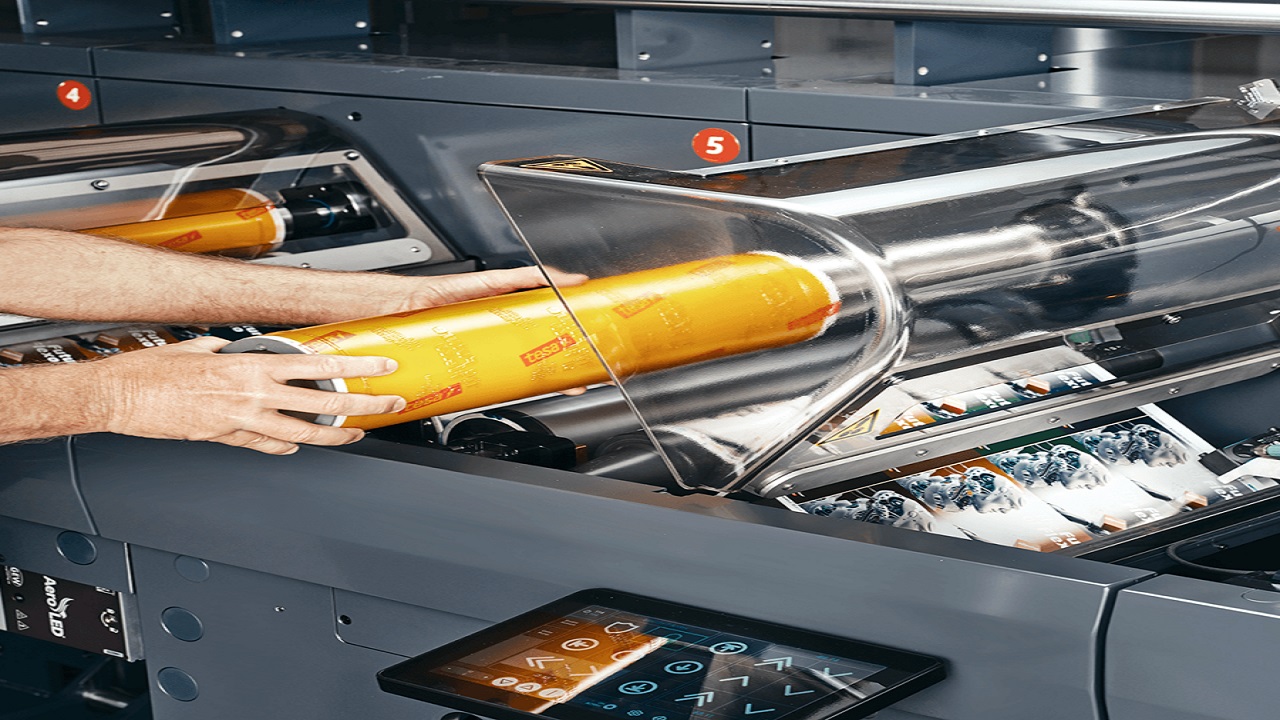In printing industries flexography, a widely used and highly effective method of printing, to create high-quality printed products. Among the most effective strategies for improving the flexo plate printing process is the gaining of the best engraving equipment. Even though the implementation of such technology may be costly at the beginning, it may prove to be very economical in the long run.
Enhanced Plate Durability
Increased Longevity of Plates
Laser and electronic engraving technologies offer higher accuracy and uniformity of the plates as compared to the traditional methods. This makes the plates to be stronger and has a longer life span as compared to the conventional methods.
Reduced Plate Damage
Modern techniques of engraving also help to reduce the possibility of the plate being damaged during the process of printing. For instance, laser engraving results in a smoother plate surface with fewer defects and therefore fewer problems such as ink build-up or plate wear.
High Precision and Accuracy
Modern techniques of engraving help in making the plates with high accuracy. This results in better quality prints with accurate color and fine details of the images being printed. This means that fewer print runs are required to correct defects or inconsistencies in the printed material.
Streamlined Production Process
Faster Plate Production
Laser and electronic engraving can make plates faster than the traditional method, thus reducing the time taken to produce the plates. Higher production rates of plates allow printers to do more work in less time, which changes into higher throughput and the capacity to produce more plates for more orders
Automated Processes
Modern engraving technology may contain features that can be operated automatically to minimize the use of human input. Automation increases the efficiency of plate-making and minimizes errors that may be made by the operators. Printers can also reduce the amount of labor that is involved in the process and reduce the number of errors that are likely to occur.
Less Maintenance and Operating Expenses
Reduced Maintenance Needs
In general, the maintenance of advanced engraving equipment is comparatively less as compared to the older technologies. For instance, laser engraving machines have fewer mechanical parts hence the chances of mechanical breakdowns are low.
Energy Efficiency
Some of the current engraving machines have been developed to be more energy-efficient than the previous models. They use less power compared to the previous models hence they are cheaper when it comes to energy consumption.
Long-Term Return on Investment
Increased Productivity
The use of enhanced engraving technology is beneficial in enhancing the general performance of the organization. This is because the printers can produce more prints in a shorter time, minimize wastage, and produce quality prints hence they can handle more jobs.
Competitive Advantage
This is because having the best engraving technology is an added advantage to the printers. The opportunity to produce better quality prints, do it faster, and at a lower price can help attract new clients and retain the old ones. This competitive advantage contributes to business development and profitability.
Conclusion
The use of more enhanced engraving technology for flexo printing could be very costly in the short run but could be very economical in the long run. Better plate wear resistance, better print quality, reduction in the number of steps in the production line, and reduced maintenance expenses are some of the benefits of the new plates. Printers should therefore adopt modern engraving technologies as this will help them get better results, cut their costs, and therefore increase their returns.
